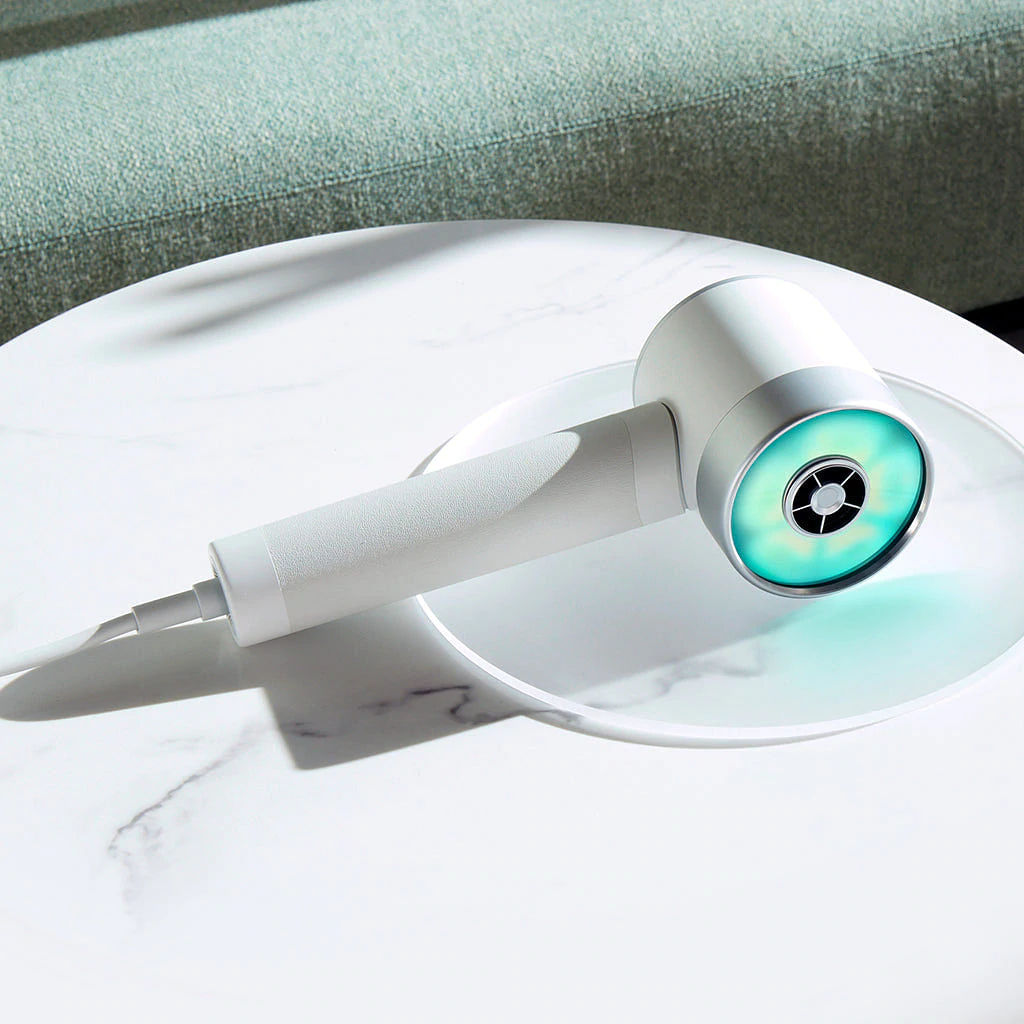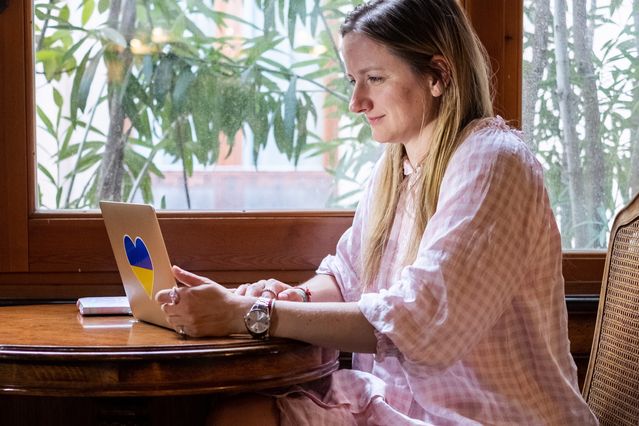[ad_1]
I’ve been truly amazed by a hair dryer twice before: when I tried the RevAir Reverse-Air Dryer, which can straighten hair as it dries, as well as the Dyson Supersonic, which packs a lot of power into a luxe and compact design. It’s time to add a third to the list: the Zuvi Halo.
At $ 349, it’s just as pricey as the aforementioned models, but the Zuvi is unique for its ability to dry hair quickly without using intense heat. Less heat means a smaller chance of heat damage to your hair, and who doesn’t want that?
Heat Waves
Photograph: Zuvi
Heat damage is a problem, especially for curlies who often suffer texture and curl pattern changes from excessive flat ironing. You’d think the answer would be no heat at all, but air drying isn’t great either. Hair is in a fragile state when wet, so diffusing — spreading and softening the airflow from a hair dryer — on a lower heat is a better approach.
But diffusing isn’t always an easy answer. I have thick hair, and even though it isn’t very long it usually takes an afternoon to dry, especially the underlayers close to the root. Most days, I diffuse my hair halfway on the highest heat possible before giving up.
Zuvi claims its LightCare Technology mimics the experience of drying your hair in sunlight and with the wind — so there’s no intense heat on your hair — and it can still dry in a shorter time compared to other hair dryers. I was skeptical, but using the Zuvi over the past few weeks, I have been able to dry my hair fully without getting tired (or bored), and I didn’t have to deal with oven-like temperatures.
The company says it uses infrared light (rather than traditional convective heat) to heat just the surface of your hair instead of drying it out to the core. It’s difficult to test whether this is exactly what happened when I used the Zuvi, but I did notice the following improvements: The heat coming from the Halo didn’t feel nearly as hot as other dryers I’ve used; I could put the diffuser directly on my scalp without it burning; and my hairline wasn’t getting sweaty halfway through the process, plus the air didn’t singe my eyes when it blew across my face.
Instead of separate heat and speed settings, the Halo has four modes that combine the two, plus a cold shot if you hold down the mode button. There’s Care, which determines temperature output based on the temperature in the room drops the heat as your hair dries. Fast mode works great with the diffuser and uses a higher heat. Soft turns the heat and wind down, so use it if your scalp is sensitive or you need to quickly blow-dry the dog. And finally, Style is meant to be used with the concentrator attachment and uses more heat to straighten your hair but less wind, to keep it in place.
Fresh Air
Photograph: Zuvi
Despite the lower temperature, the Halo cut down the time it took to dry my hair. Mind you, it still takes me a long time, but every minute saved helps. Anyone who can use it without any attachments or with thinner hair will likely see even more time savings. It uses less energy too, just 680 watts of power. That’s a stark difference from our favorite dryer, the $ 40 Hairitage Comin ‘In Hot, which uses 1,875 watts.
All of the attachments snap on magnetically, and my favorite is Zuvi’s Gentle Air. Before, I would never touch my hair without a diffuser if I was planning to wear it curly. Other attachments, or a dryer without any, tend to blow hair around too much, causing frizz and puffiness. But now I start with the diffuser and finish with the Gentle Air, both of which have cut my total hair-drying time by around 10 minutes (40 minutes now versus 50 minutes with most other hair dryers).
[ad_2]
Source link



